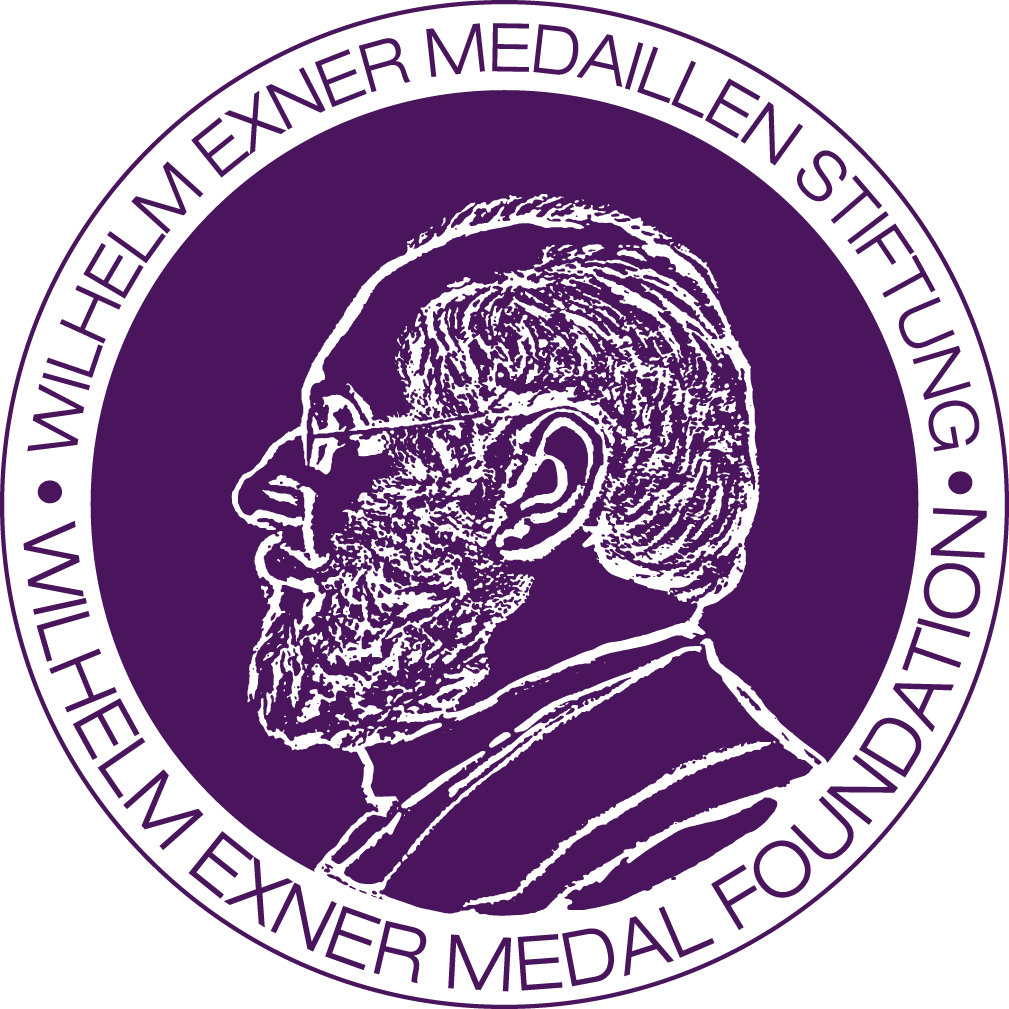
Wilhelm Ostwald, who was awarded the Nobel Prize in 1909, belonged to the generation of researchers who were fascinated and influenced by thermodynamics. This resulted in his conviction “Don’t waste energy, use it!”. Ostwald saw the limitations of fossil fuels and, as early as 1911, called for energy needs to be met primarily by the sun.
What is known today as photovoltaics, Ostwald referred to as photoelectric current in his book “The Mill of Life.” His scientific life was characterized by the search for laws governing the formation of chemical compounds. The implementation of the electrolytic dissociation theory was mainly due to Ostwald, his school as well as the “Zeitschrift für physikalische Chemie”, which he founded.
One of his greatest scientific achievements was the development of the concept of catalysis in chemistry. For this he received the Nobel Prize and his research paved the way for catalytic reactions to gain importance in the chemical industry.

